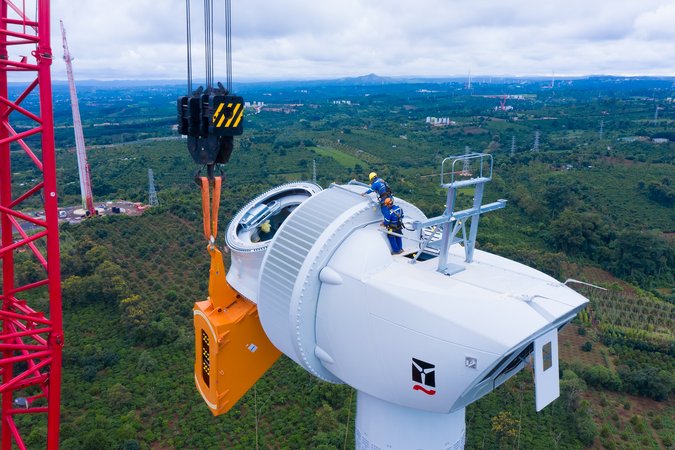Investment in Electricity Transmission and Ancillary Environmental Benefits
DownloadPlanning of the electricity transmission system generally focuses on the pros and cons of providing generation close to the source of the power demand versus remote generation linked via the transmission system. Recent electricity supply problems in the western United States have renewed interest in the role of transmission in assuring the reliability of electricity supply. Recently, the Western Governors’ Association led the development of a planning exercise that examined the tradeoffs over the next 10 years between locating new natural gas powered generation close to the load centers versus new coal, wind, hydro, and geothermal generation in remote areas. Although the analysis concentrated on the direct system costs, the choice of new generation will have both local and global environmental impacts. This paper examines some of the “ancillary” environmental effects of electricity transmission decisions using a suite of models that combine to provide an integrated assessment.





